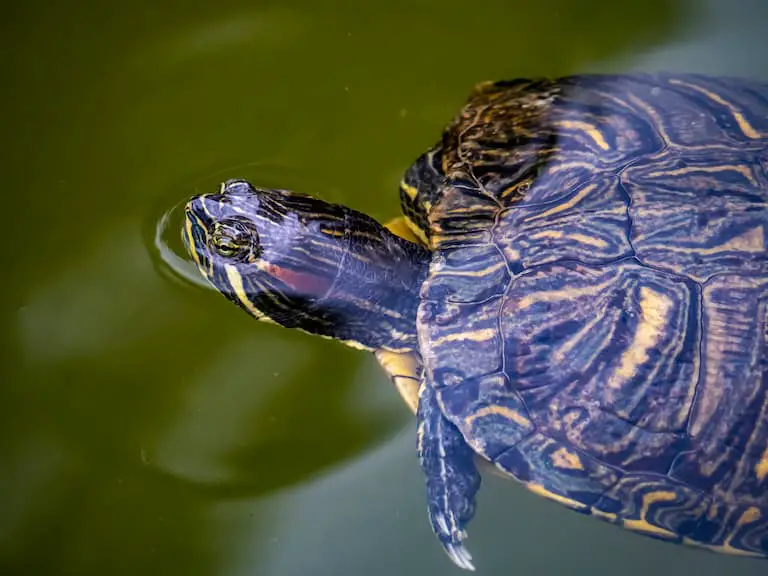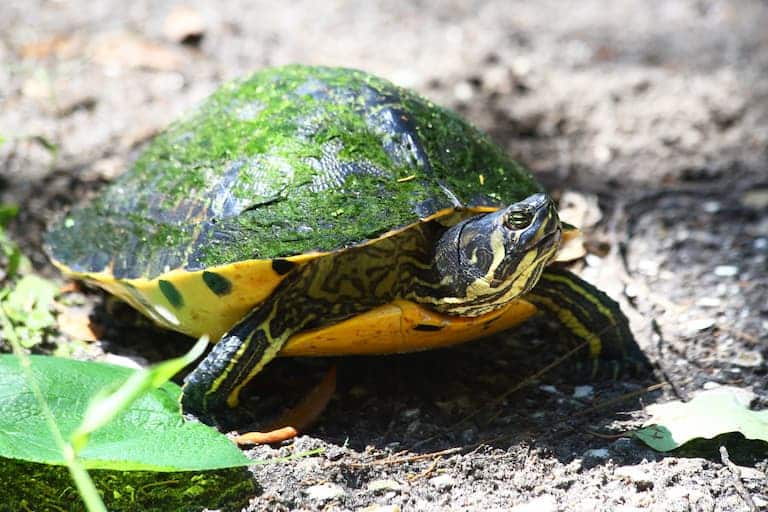Why Does Your Yellow-Bellied Slider Have Pink or Red Skin?

Yellow-bellied sliders are a popular choice of turtle for amphibian enthusiasts. However, some pet owners begin to worry when they notice their yellow-bellied slider has pink or red skin.
Pink to red skin in young yellow-bellied sliders is normal and should fade as the turtle ages. However, if you notice it in a fully grown turtle you may need to pay more attention. It could either be caused by a lack of movement or it could be a sign of septicemia.
Are you here because your yellow-bellied slider has pink or red skin? We’re going to break down what you need to know and what you need to do to make sure your yellow-bellied slider is happy and healthy.
Contents
Why Does My Yellow-Bellied Slider Have Pink or Red Skin?
Nothing strikes worry into a pet owner’s heart like noticing the color of their beloved animal is off. If you have a yellow-bellied slider and notice that the turtle’s skin appears pink or red, there are three possible reasons:
- The turtle is still young
- The turtle has been inactive
- Septicemia
Why is it Pink or Red?
The part of your yellow-bellied slider that you notice is pink or red is called the plastron, which is the pas that’s lining the turtle’s chest. While this is normally yellow, you may notice that it’s pink or red. For young turtles, this is very common because their bodies are still developing.
With adult yellow-bellied sliders, it comes down to two things: either it has been laying in one spot too long or it is suffering from Septicemia. What you may not have known about yellow-bellied sliders is that they have poor circulation. If their bodies are inactive, this will cause the plastron to turn a pinkish or reddish shade.
Should I Be Concerned?
If your yellow-bellied slider is still young, the pink or red color shouldn’t leave you worried. However, if you believe that your turtle may have septicemia, then you need to be concerned. This is the yellow-bellied slider’s body’s response to blood poisoning that’s caused by bacteria.
Septicemia is a medical emergency that could be fatal. There is a very high chance of an animal that has septicemia to go into septic shock if left untreated.
What Should I Do About It?
If your yellow-bellied slider had pink or red skin due to inactivity, it will fade back to its normal shade once the turtle moves around.
However, if you believe it may be due to septicemia, you will need an emergency vet consultation. Antibiotic treatment should be started upon the first sign of septicemia.
Final Thoughts
Why does my yellow-bellied slider have pink or red skin? Turtles have very poor circulation, so your yellow-bellied slider may have pink or red skin if it has been laying in one spot too long. A medical concern causing pink or red skin is septicemia, which is caused from a bacteria infection.
If your yellow-bellied slider is young, pink or red skin is normal. This is something it will grow out of.




